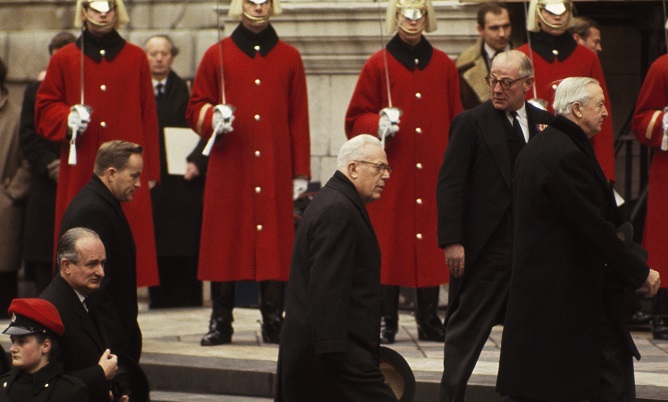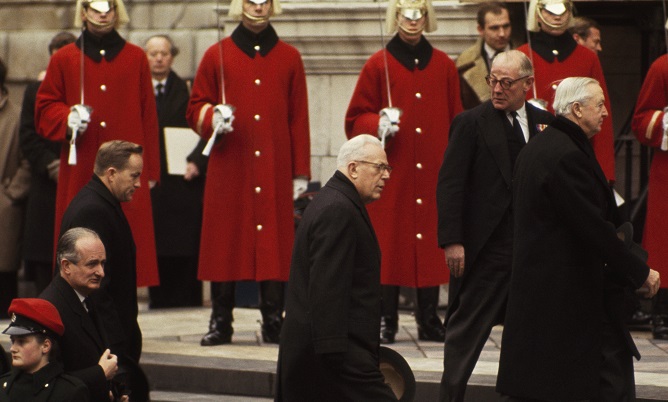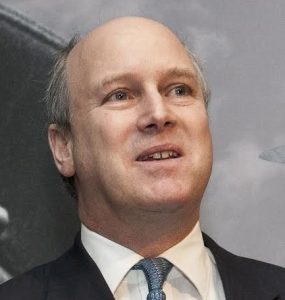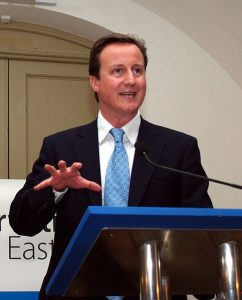
Finest Hour 167
An Unexpected Journey

August 2, 2015
Finest Hour 167, Special Issue 2015
Page 16
By Lloyd Hand
Lloyd Hand was the United States Chief of Protocol for President Lyndon Johnson. In January 1965 he unexpectedly found himself part of the official US delegation attending the State Funeral of Sir Winston Churchill. Fifty years later Ambassador Hand took the time to recall for Finest Hour how this turn of events transpired.
 Ambassador David Bruce leads Chief Justice Earl Warren and Chief of Protocol Lloyd Hand into St. Paul’s Cathedral. Joe Scherschel / National Geographic CreativeFollowing the election of 1964, Lyndon B. Johnson was sworn in as President of the United States in his own right on 20 January 1965, a bitterly cold day in Washington. Consequently, the President contracted pneumonia and was hospitalized at the time of Churchill’s death four days later.
Ambassador David Bruce leads Chief Justice Earl Warren and Chief of Protocol Lloyd Hand into St. Paul’s Cathedral. Joe Scherschel / National Geographic CreativeFollowing the election of 1964, Lyndon B. Johnson was sworn in as President of the United States in his own right on 20 January 1965, a bitterly cold day in Washington. Consequently, the President contracted pneumonia and was hospitalized at the time of Churchill’s death four days later.

2024 International Churchill Conference
President Johnson was a great admirer of Churchill and very much wanted to attend the State Funeral in London on 30 January, but his condition even after his release from the hospital was more serious than could be made public. His doctors advised him not to go. The President himself told me his situation was “dicey.” Postponing an immediate decision, President Johnson followed events closely and asked me to travel to London to investigate the feasibility of his making the trip himself.
The President asked me to report to him each night by telephone. In London I spoke with our Ambassador, David Bruce, and those responsible for arranging the funeral. Everyone agreed that it was best that the President not attend. Temperatures in London were as cold as those in Washington. When the normally closed great doors of St. Paul’s were opened on the day of the funeral, conditions inside the cathedral would be equally chilly. Regrettably, the risk to the President’s health would be too great.
With the President in poor health and the war escalating in Vietnam, it was thought best for Vice President Hubert Humphrey to remain in Washington as well. Thus, the American delegation was put together at the last minute. Along with France and the USSR, the United States was one of only three countries allowed to send an official delegation of three mourners. Former Presidents Truman and Eisenhower both received personal invitations to attend as family friends. Unfortunately, President Truman was also incapacitated by illness. Altogether, though, the United States would be well represented.
Chief Justice Earl Warren, Secretary of State Dean Rusk and Ambassador Bruce were chosen to make up the official delegation. Once in London, however, Secretary Rusk was also struck down by illness and forced to bow out. And that is how I became a last-minute addition to the mourners on that historic day. I vividly remember seeing President Charles de Gaulle and being surrounded by so many other famous leaders. All of us in the American delegation were impressed by the events.
President Johnson sent his airplane to bring home President Eisenhower and the rest of us. On the flight I was introduced to Pamela Hayward, who later became Pamela Harriman but, of course, had once been Churchill’s daughter-in-law and was the mother of his grandson Winston. President Eisenhower asked me to join him at Bridge, but I did not know the game. A Secret Service agent had to complete the foursome, and I have forever since regretted that I never learned to play Bridge!
Subscribe
WANT MORE?
Get the Churchill Bulletin delivered to your inbox once a month.




